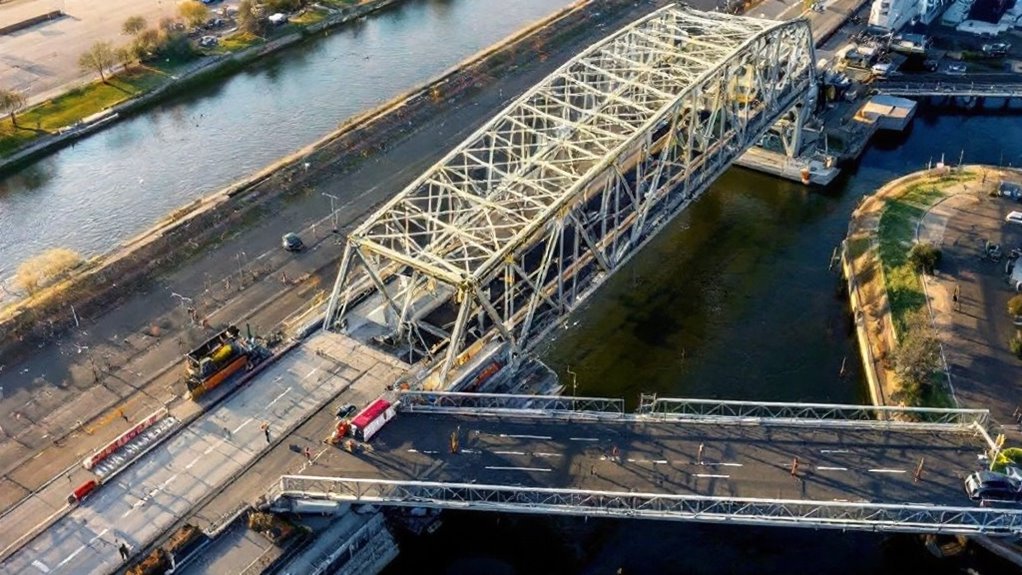Echoes of the past ring through the streets of St. Catharines, a city that’s changed dramatically since its incorporation as a town in 1845. The story of this Ontario community is one of expansion and loss, particularly evident in its architectural heritage. Between 1950 and 1980, many historic buildings fell to the wrecking ball, altering the city’s visual identity forever.
The once-prominent Prendergast Block and numerous 19th-century structures disappeared from the landscape, replaced by modern buildings like Corbloc. Today, only a handful of sandstone buildings remain, including the Locktenders’ House, silent witnesses to earlier times. Preservationists like Robert Taylor worked tirelessly to raise awareness about these non-renewable historical treasures.
St. Catharines’ role in Black history forms another chapter in its rich story. The city served as a significant Underground Railroad hub, with Harriet Tubman making it her home from 1851 to 1858. The British Methodist Episcopal Church, Salem Chapel, built in 1855, stands today as a National Historic Site with original pews intact, symbolizing the struggle for freedom.
The Welland Canal shaped the city’s development profoundly. Starting with the first canal in the 1820s, each upgrade transformed St. Catharines’ economy and landscape. The Fourth Welland Canal, completed in 1932, accommodated larger vessels and boosted economic growth, though completion of these projects often left workers displaced. William Hamilton Merritt’s vision established St. Catharines as the principal milling site of the eastern Niagara Peninsula in the early 19th century.
Post-World War II, the city experienced dramatic suburban expansion. The population nearly tripled as areas like Grantham Township developed. By 1970, Merritton, Port Dalhousie, and Louth Township had been amalgamated to support growing infrastructure needs.
Today’s preservation efforts aim to protect what remains. Buildings like St. Catharines City Hall (1937) and the Oille Fountain (1878) have received heritage designation. The St. Catharines Public Library’s digitization project now showcases photographs of both lost and remaining heritage buildings, allowing residents to glimpse what once was while appreciating what still stands in this evolving city.
As St. Catharines continues to honor its past while embracing change, there are countless stories shaping the region’s identity. Explore more local heritage and community updates on Marketplace Niagara.









